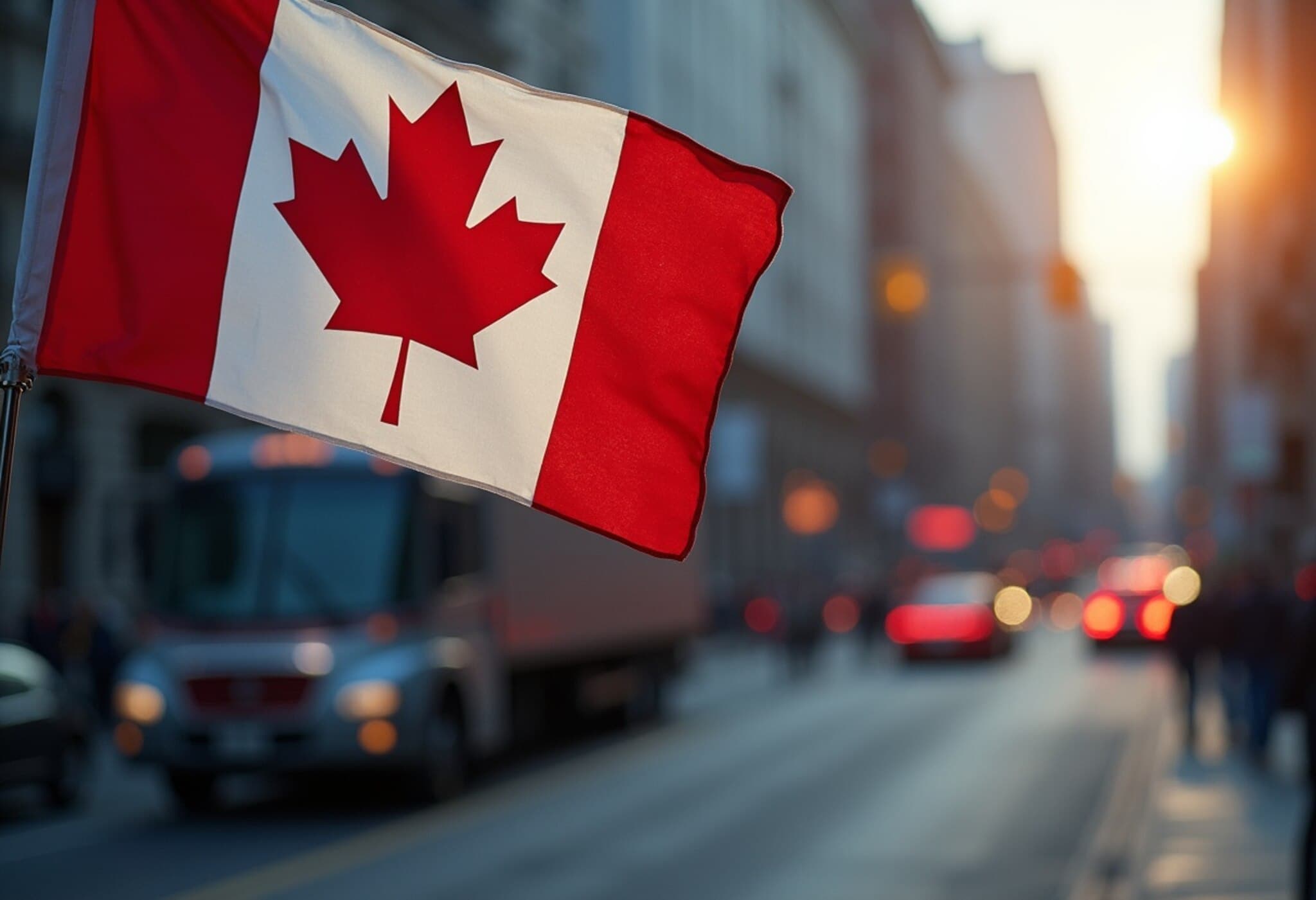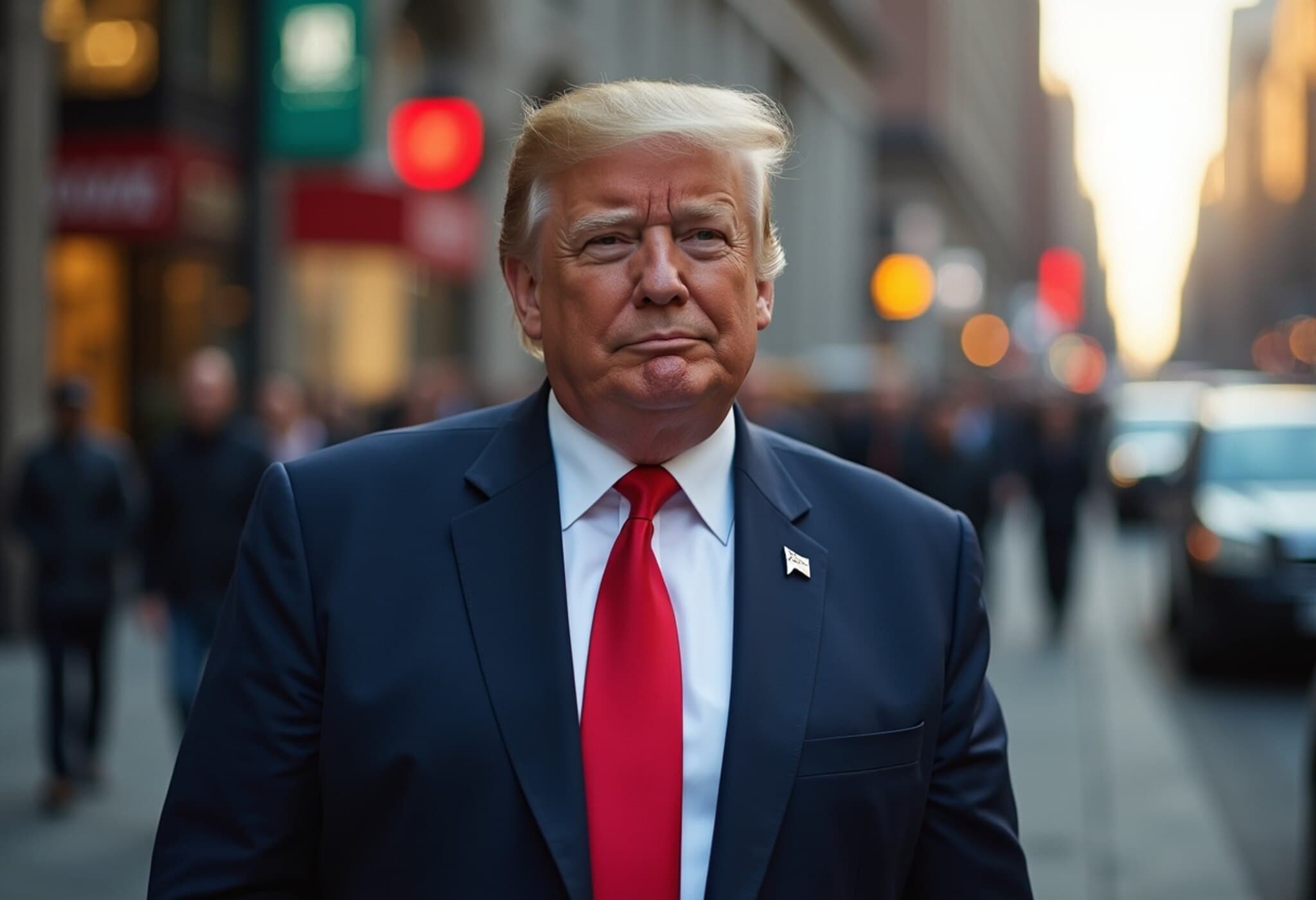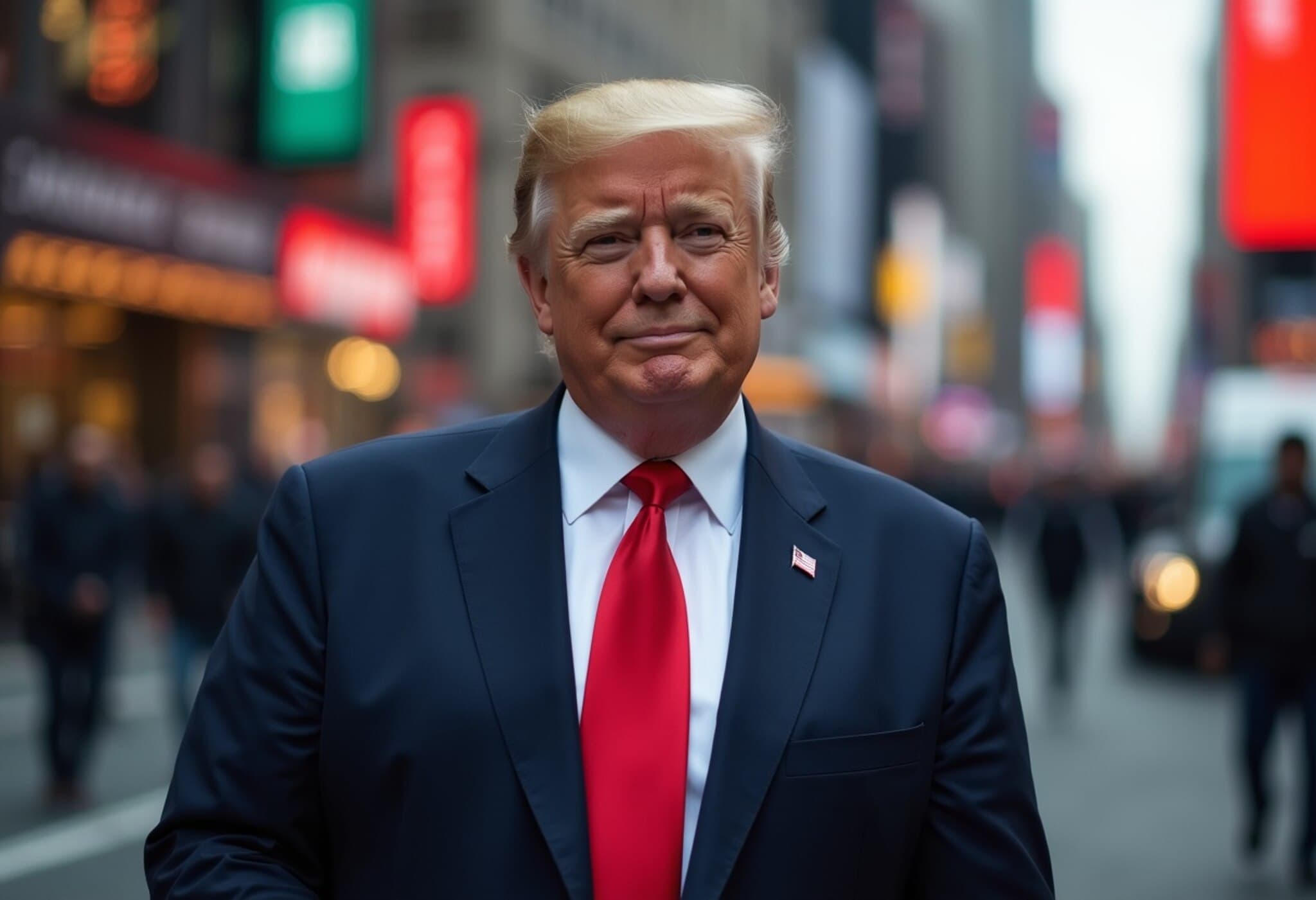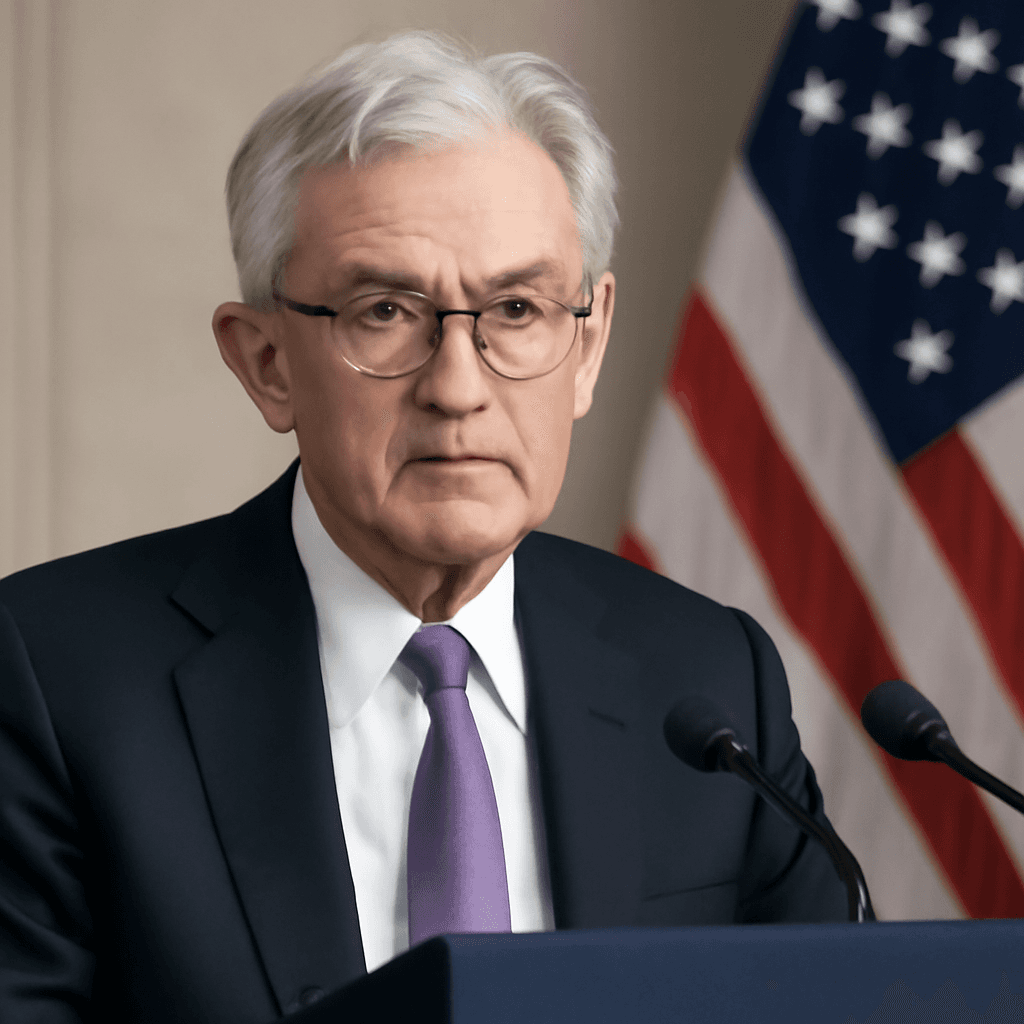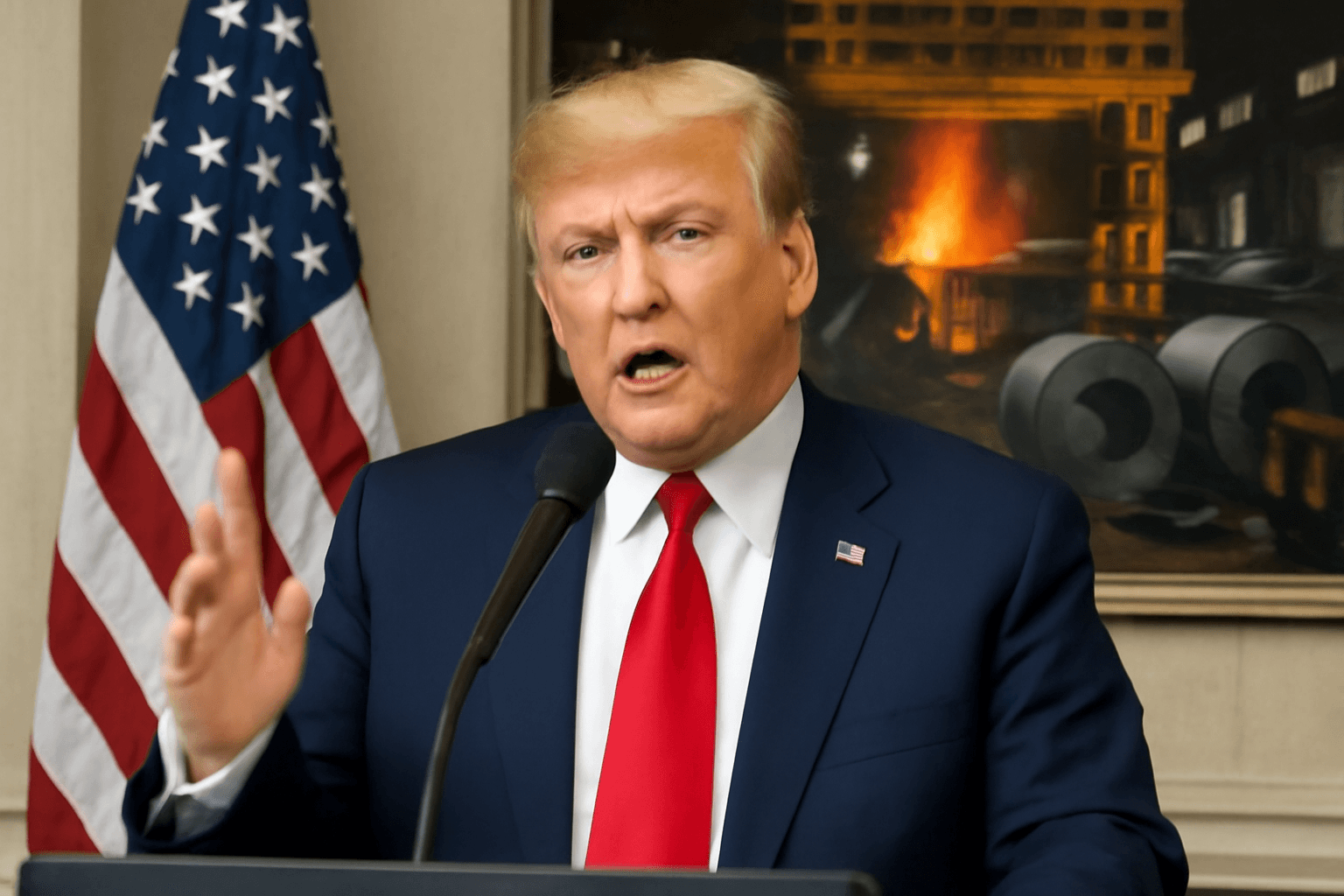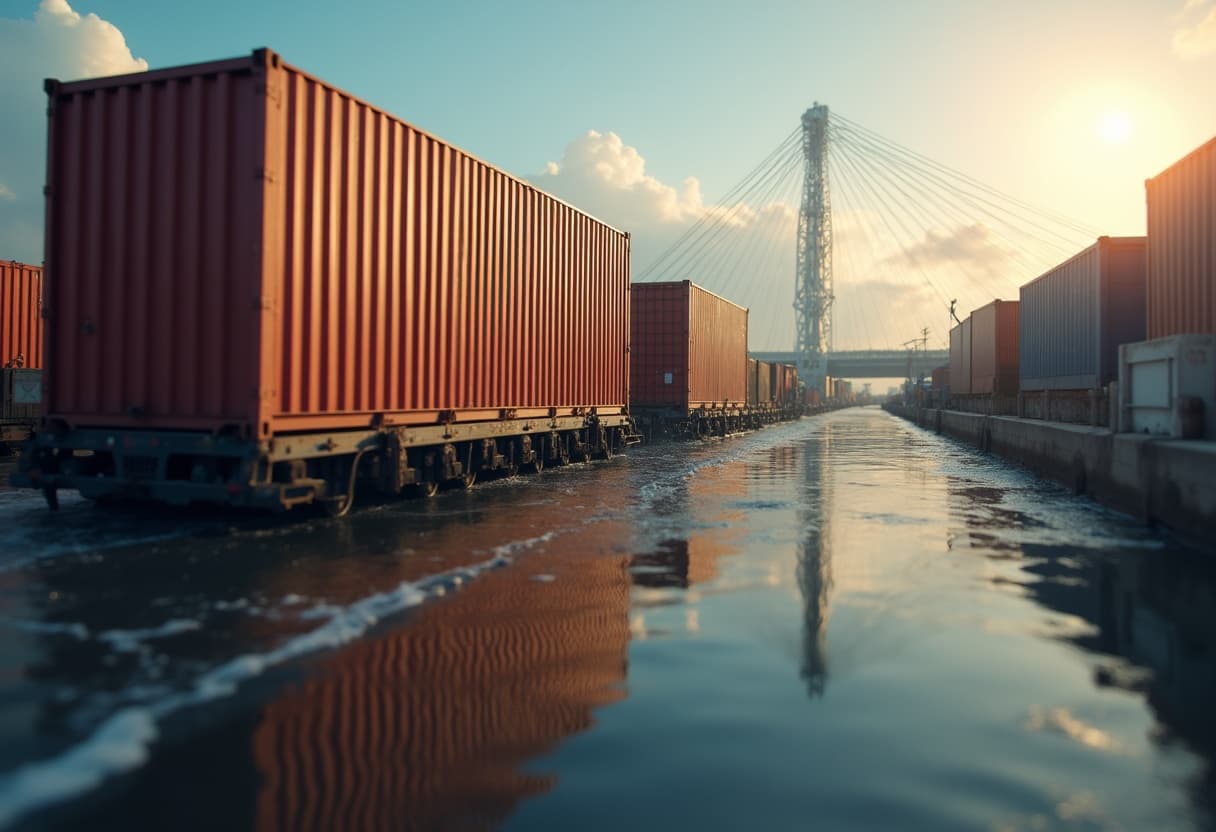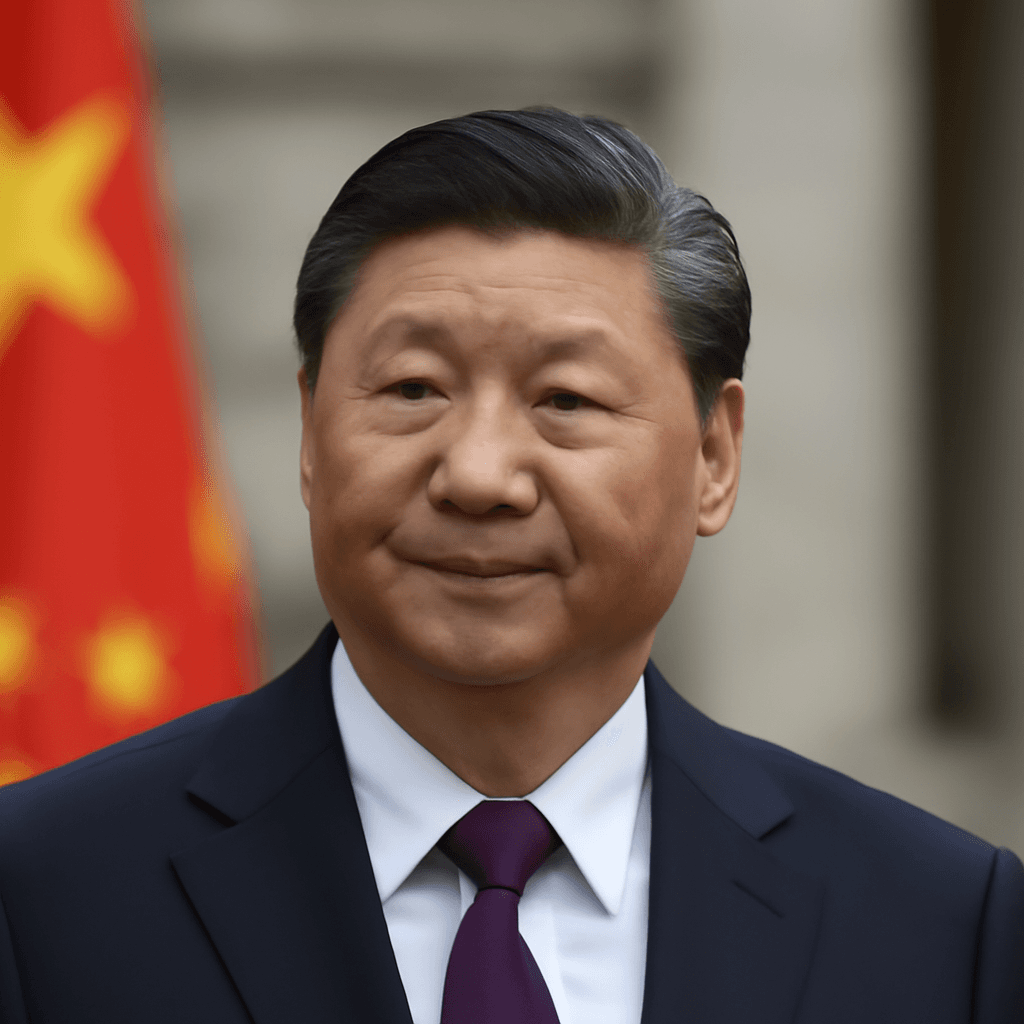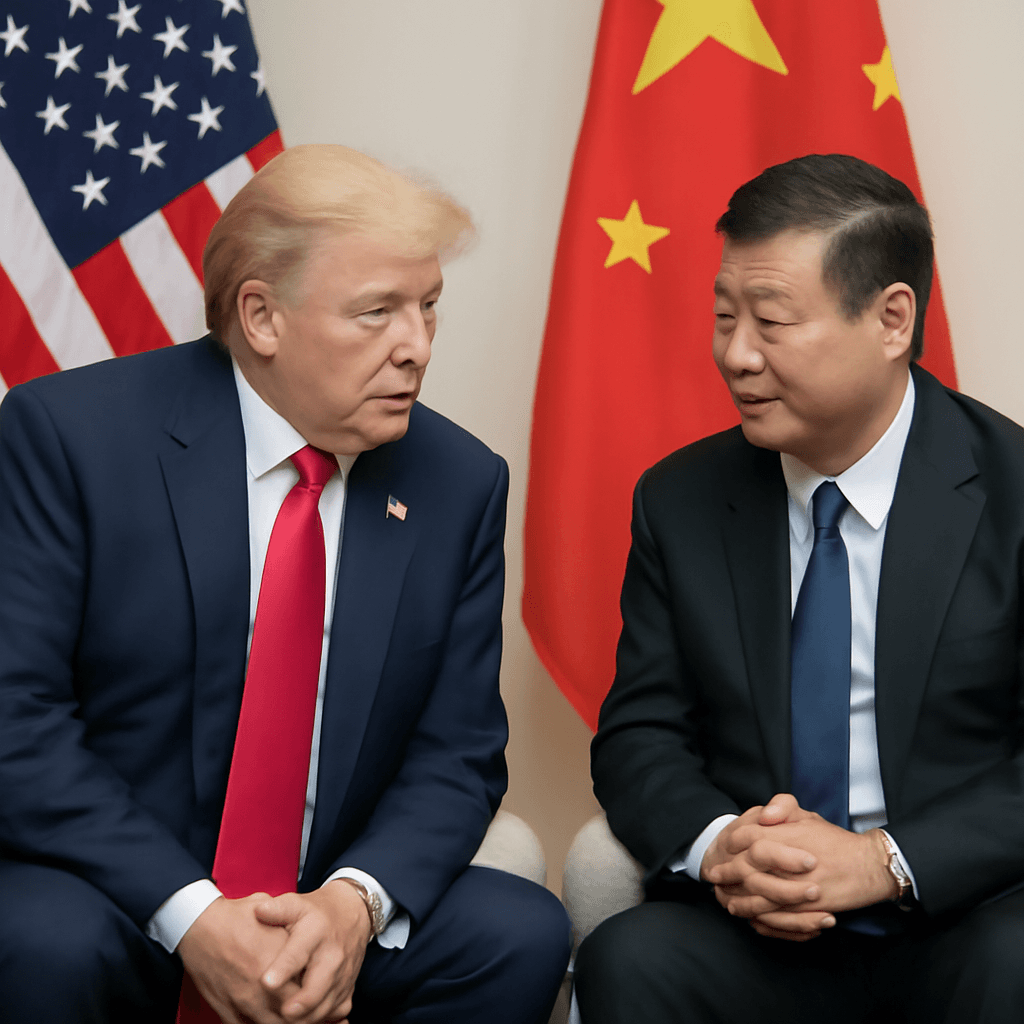Trump’s Tariff Escalation Strains Canada’s Trade-Dependent Economy
In a dramatic turn during early August 2025, President Donald Trump ramped up tariffs on Canadian exports, deepening economic tensions between the two long-standing trading partners. After failed negotiations yielded no breakthrough deal, the U.S. administration increased tariffs on key Canadian products, including steel, aluminum, and automobiles, from 25% to 35%, marking a sharp escalation with lasting implications.
The Immediate Economic Fallout in Canada
For Canada, a nation deeply intertwined with the U.S. economy—their largest trading partner—these tariff hikes are more than just numbers; they cut into the heart of vital industries. Tiff Macklem, Governor of the Bank of Canada, has warned that these tariffs are "having a very direct, severe effect" on Canada's manufacturing and resource sectors. Industries such as automobile manufacturing, steel production, and aluminum processing are facing increased costs and uncertain export prospects, adding to supply chain disruptions and pressuring employment.
Experts underscore that the tariffs weigh not only on businesses but also on Canadian consumers, who may face higher prices and fewer product choices in the near term. The tariff surge disrupts the integrated North American supply chain ecosystem—a critical pillar for Canada's economic stability.
Expert Commentary: The Global Trade System in Turmoil
Edward Alden, a trade analyst from the Council on Foreign Relations, paints a grim picture of the wider impact: "The United States has dismantled the global trade system it once championed and replaced it with a fragmented patchwork of ad hoc deals and tariff threats. This approach fosters long-term instability detrimental to businesses, consumers, and global economic growth alike." His analysis highlights a pivotal concern—while tariffs might serve short-term political objectives, their ripple effects undermine the predictability and fairness necessary for international commerce.
The Political Context: A Fractured North American Trade Landscape
Prime Minister Mark Carney (Note: While Carney has served as Governor of the Bank of Canada, the Canadian Prime Minister as of 2025 is subject to the actual incumbent) found his efforts to negotiate a tariff rollback with Washington thwarted, underscoring the political friction aggravated by President Trump's public disparagement of Canadian sovereignty—including controversial remarks about making Canada the "51st state." These comments exacerbate diplomatic strains and risk souring bilateral relations further.
While Mexico also faced similar tariff threats, the U.S. administration granted it a 90-day reprieve to continue negotiations, a concession Canada was not afforded. Other nations subjected to new tariffs experienced a brief one-week delay before implementation, but Canada's increased tariffs went into effect without delay on Friday.
Underreported Perspectives: What Lies Beyond Tariffs?
- Supply Chain Vulnerabilities: The tariff spike spotlights global and regional supply chain fragilities, spotlighting the risks of overdependence on single markets.
- Worker and Regional Impact: Manufacturing hubs in Ontario and Quebec stand at particular risk, where economic shocks can translate quickly into job losses.
- Climate and Industrial Policy: Tariffs on steel and aluminum, vital to green technologies, could slow Canada’s transition toward sustainability and clean energy infrastructure.
Looking Ahead: Navigating Economic Uncertainty
Beyond immediate losses, the tariff conflict signals a need for Canada to reassess its trade strategy, potentially diversifying markets and negotiating multilateral partnerships to reduce vulnerability to unilateral policy decisions. The broader trade conflict also reflects a global trend of economic nationalism, raising critical questions about the future of international cooperation.
Editor’s Note
This escalation in tariffs is a stark reminder of the fragility of the global trade architecture and the intricate ties binding neighboring economies. For Canada, the challenge will be balancing diplomatic engagement with economic resilience in the face of unpredictable U.S. trade policies. As these developments unfold, policymakers, businesses, and communities will need to prepare for a future where strategic flexibility and diversification are crucial for stability.
How will Canada adapt its trade and economic policies to counteract these pressures? What role will multilateral institutions play in restoring trust and predictability in global trade? These questions remain central to the evolving North American economic narrative.

